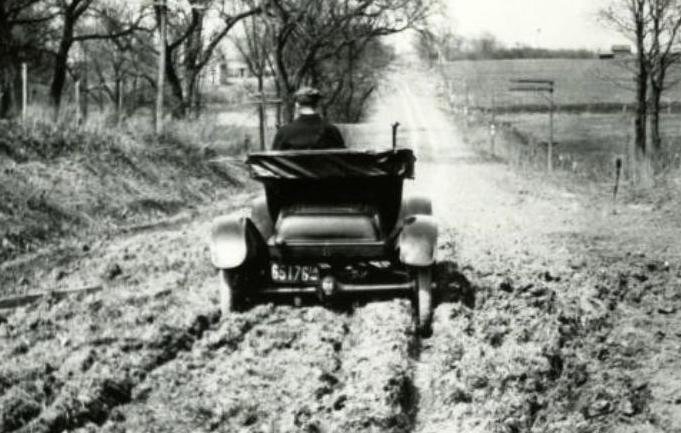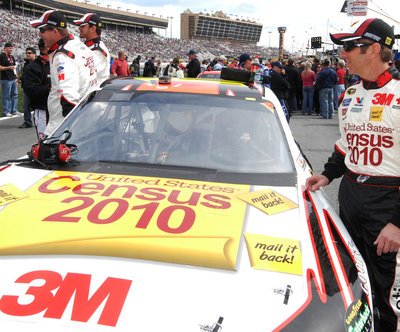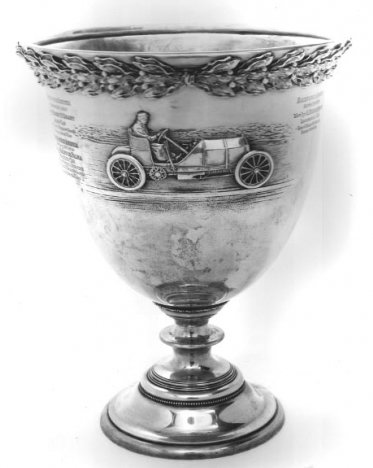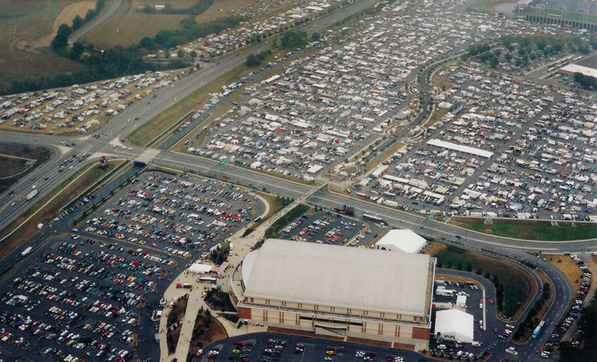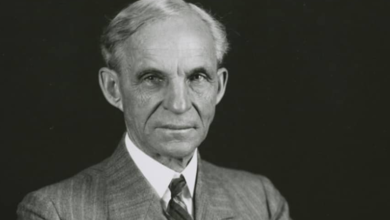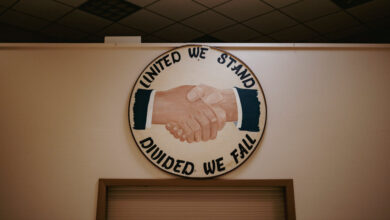October 2014 – History – U.S. Census Bureau
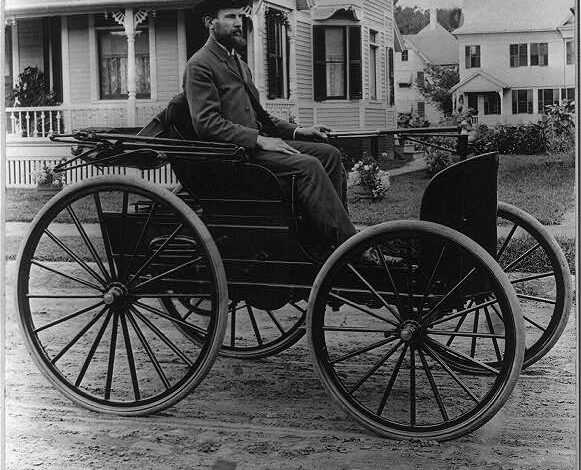
October 2014
Visit https://www.census.gov/history every month for the latest Census History Home Page!
U.S. Census Bureau History: The American Automobile Industry
View larger image
After successfully demonstrating their first automobile in Springfield, MA,
on September 21, 1893, J. Frank Duryea and his brother Charles [pictured]
founded the Duryea Motor Wagon Company in 1895. Although there are
competing claims over who produced the first American automobile, the
Duryea’s were the first to move beyond building a single car, having
completed 13 of the one-cylinder gasoline-powered automobiles in 1896.
Photo courtesy of the Library of Congress.
When the Ford Motor Company  introduced the Model T on October 1, 1908, Detroit, MI, was already a bustling hub for automobile development with factories producing sleek new Detroit Electrics, Cadillacs, Hudsons, and Oldsmobiles. Michigan’s “Motor City” did not have a monopoly on automobile manufacturing, though, as many legendary automobiles called other states home. For example, Indianapolis, IN, was home to Duesenberg, Stuz, and Marmon, and Auburns were manufactured in their namesake, Auburn, IN. Metz and Orient automobiles were built in Waltham, MA, and Connecticut factories produced the Locomobile in Bridgeport and Mercer in New Britain.
introduced the Model T on October 1, 1908, Detroit, MI, was already a bustling hub for automobile development with factories producing sleek new Detroit Electrics, Cadillacs, Hudsons, and Oldsmobiles. Michigan’s “Motor City” did not have a monopoly on automobile manufacturing, though, as many legendary automobiles called other states home. For example, Indianapolis, IN, was home to Duesenberg, Stuz, and Marmon, and Auburns were manufactured in their namesake, Auburn, IN. Metz and Orient automobiles were built in Waltham, MA, and Connecticut factories produced the Locomobile in Bridgeport and Mercer in New Britain.
Although factory workers are no longer manufacturing Mercers and Duesenbergs, the automobile industry still employed 891,000 in October 2014. Some of these employees were responsible for building Teslas in Fremont, CA, Nissans in Smyrna, TN, and Cadillacs in Arlington, TX. In 2012, the total value of shipments for the automobile manufacturing industry was $108.8 billion, up 28.4 percent from 2007, and more than 3,000 percent since the first Model T rolled out of Ford’s Piquette Avenue factory in 1908.
- In 1908, when the Ford Motor Company began selling the Model T, there were 197,500 automobiles registered in the United States.
- Ford introduced the Model A to replace the Model T on October 21, 1927. In that year, the number of registered automobiles had grown to 23,127,315.
- On October 5, 1956, the Dinah Shore Chevy Show premiered. The television show’s theme, “See the U.S.A. In Your Chevrolet,”
 encouraged the nation’s 77,658,826 licensed drivers to buy a new Chevrolet. By years end, 5,816,000 new vehicles were purchased and 64,383,000 privately owned automobiles were registered in the United States.
encouraged the nation’s 77,658,826 licensed drivers to buy a new Chevrolet. By years end, 5,816,000 new vehicles were purchased and 64,383,000 privately owned automobiles were registered in the United States. - Several automotive visionaries, daredevils, and entrepreneurs were born in October: John F. Dodge, co-founder of the Dodge Brothers Company, was born October 25, 1864, in Niles, MI; J. Frank Duryea founder of the first American manufacturer of gasoline powered automobiles, was born October 8, 1870, in Canton, OH; John Willys of the Willys-Overland Motor Company was born October 25, 1873, in Candadaigua, NY; Racing star and World War I ace Eddie Rickenbacker was born October 8, 1890, in Columbus, OH; and Lee Iacocca, responsible for the Ford Mustang, Ford Pinto, and later Chief Executive Officer of Chrysler was born October 15, 1924, in Allentown, PA.
- On October 31, 1913, automotive entrepreneur Carl G. Fisher and the Lincoln Highway Association dedicated the Lincoln Highway, the first coast-to-coast road linking New York City to San Francisco. The 1913 route was 3,389 miles, of which less than half consisted of paved or compacted surfaces. Today, 246 million motor vehicles travel more than 2.9 trillion miles over the nations 47,714 miles of interstate highways.
- On October 1, 1954, the Studebaker-Packard Corporation was founded following the merger of the Packard Motor Car Company of Detroit, MI, and Studebaker Corporation of South Bend, IN. The company dropped “Packard” from its nameplate in 1962 and produced it’s last Studebaker in March 1966, in Hamilton, Ontario, Canada.
- The 2007-2009 “Great Recession” significantly impacted the American automobile industry as sales of new vehicles dropped from 16,230,00 in 2007 to 10,550,000 in 2009. Automobile manufacturers were forced to reduce the number of makes and models produced. As a result, the last Saturn automobile was manufactured in Springhill, TN, on October 7, 2009; and Pontiac dealer franchise agreements expired October 31, 2010, after that brand ceased production in 2009.
- Data from the 2012 Economic Censuses shows that the American Automobile industry is recovering from the Great Recession. Total value of automobile shipments increased 28.4 percent when compared to 2007. Although light truck and utility manufacturing decreased 20.7 percent, shipments for heavy
duty trucks increased 51.9 percent!
When Henry Ford introduced the Model T in October 1908, 93 percent of the nation’s 2.2 million miles of public roads were dirt. Even though
7 percent of the nation’s public roads were paved, driving in the rain generally carried a 100 percent chance of getting stuck!
In 1928, 25 percent of the nation’s 3.3 million miles of roads were paved. Today, nearly 4.1 million miles of road criss-cross the United States,
of which approximately 65 percent are paved.
Photo courtesy of the National Park Service.
This Month in Census History
On October 3, 2010, NASCAR driver Greg Biffle won the Price Chopper 400 at Kansas Speedway in Kansas City, KS. Earlier in the year, the U.S. Census Bureau was the primary sponsor of Biffle’s Ford Fusion Sprint Cup car as part of the national advertising campaign for the 2010 Census.
Did You Know?
On October 13, 1904, approximately 50,000 spectators watched George Heath  win the innaugural Vanderbilt Cup Race. Heath achieved an average speed of 52.6 mph on the 284.4 mile course in Nassau County, NY. The popularity of auto racing has grown considerably in the 110 years since Heath’s victory, with approximately 4.4 million people attending NASCAR or other automobile races in 2009.
win the innaugural Vanderbilt Cup Race. Heath achieved an average speed of 52.6 mph on the 284.4 mile course in Nassau County, NY. The popularity of auto racing has grown considerably in the 110 years since Heath’s victory, with approximately 4.4 million people attending NASCAR or other automobile races in 2009.
Photo courtesy of the Smithsonian Institution.
Appersons to ZiLs in Hershey, PA
Automotive history is on display in Hershey, PA. Since 1955, the Hershey Region  has hosted the Antique Automobile Club of America’s Eastern Division AACA National Fall Meet during the first full week of October. The event is considered one of the largest antique car shows and flea markets in the world.
has hosted the Antique Automobile Club of America’s Eastern Division AACA National Fall Meet during the first full week of October. The event is considered one of the largest antique car shows and flea markets in the world.
An aerial view showing part of the Antique Automobile Club of America Eastern Division National Fall Meet in 2005. Up to 300,000 people attend
the annual event during the first full week of October.
Photo courtesy of the Hershey Region of the Antique Automobile Club of America.
